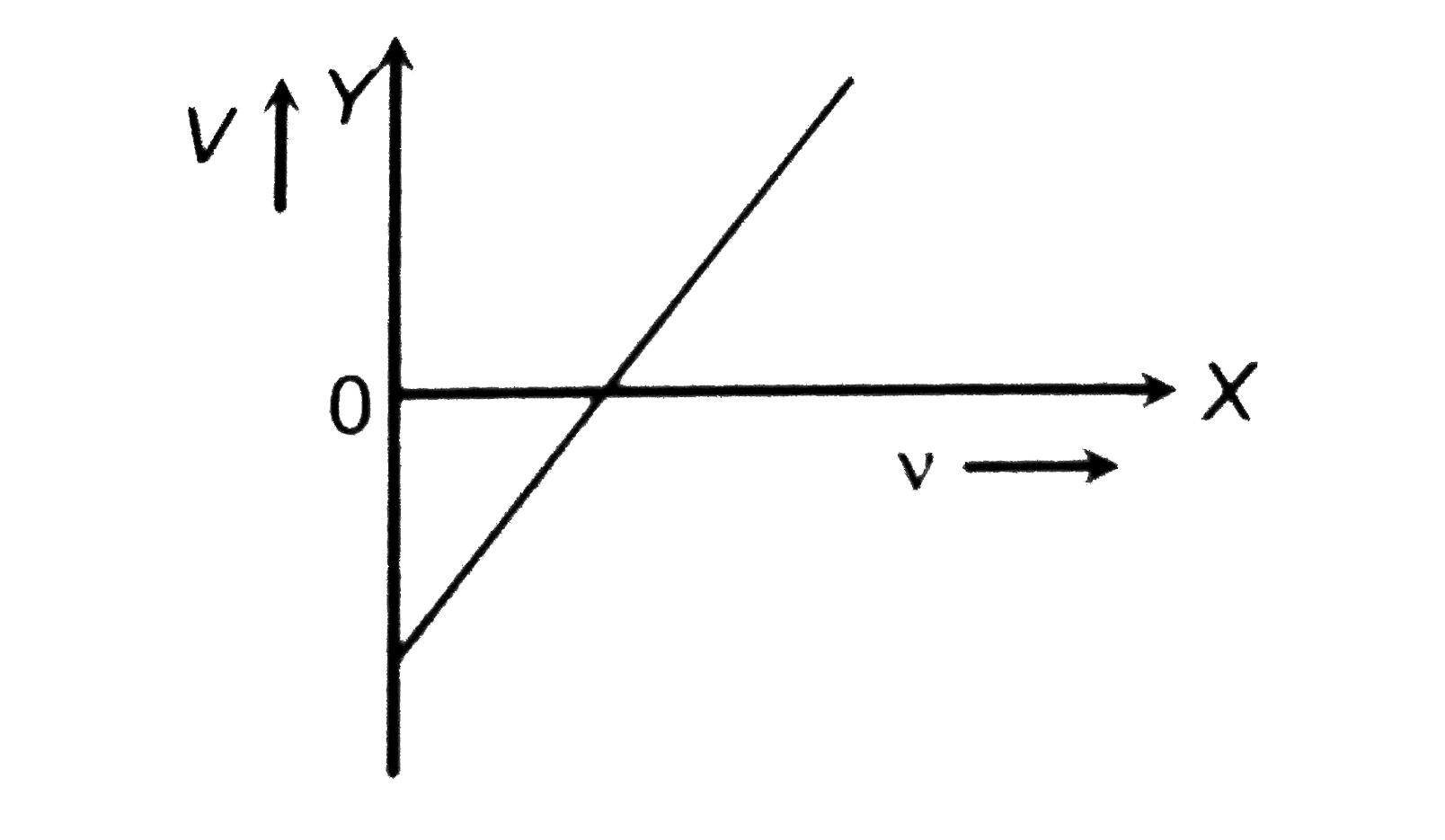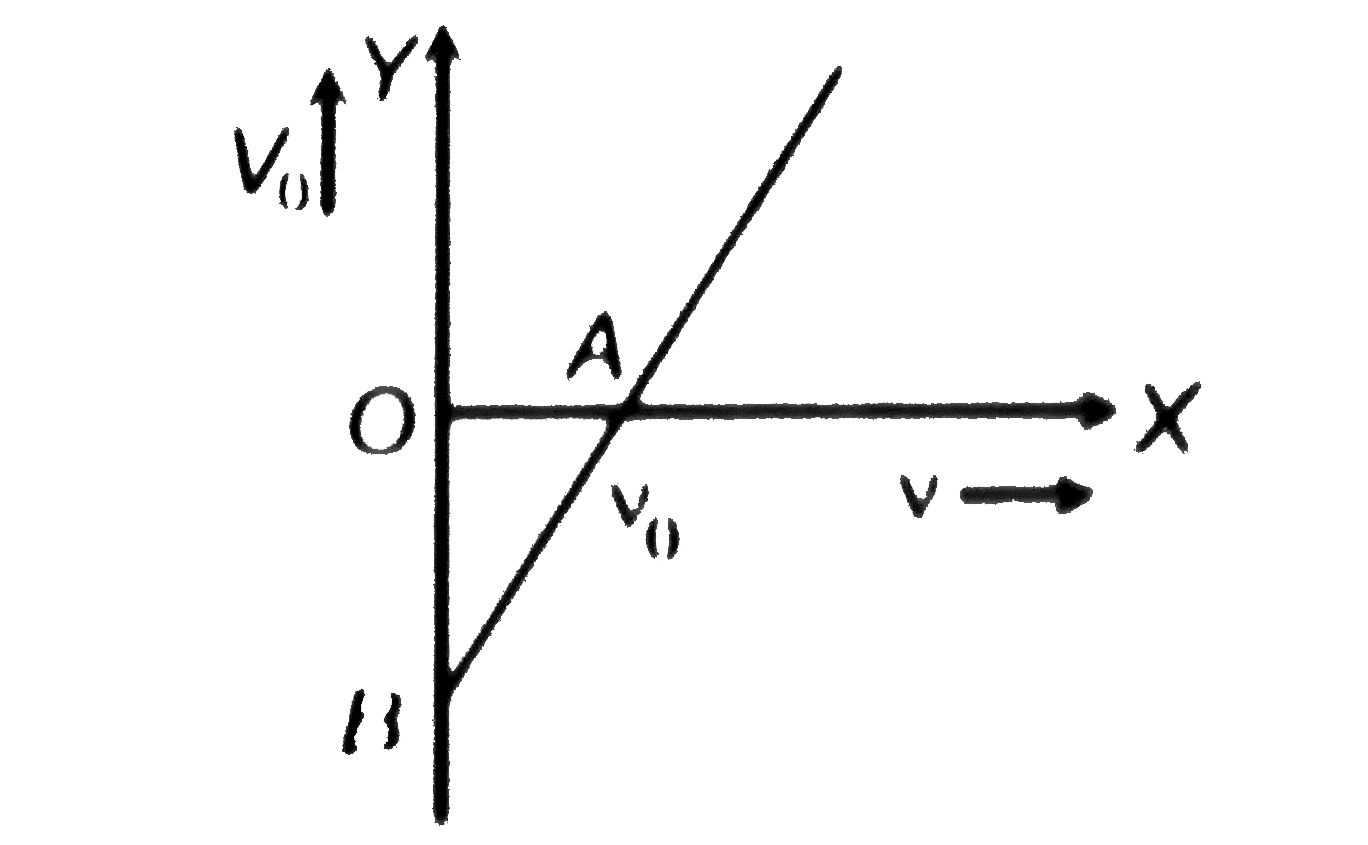Complete Solutions to Photo Electric Effect of chapter DUAL NATURE OF RADIATION AND MATTER of Class 12 book with complete answers and questions
| Class 12 | PHYSICS |
| Chapter | DUAL NATURE OF RADIATION AND MATTER |
| A2Z | Photo Electric Effect |
| Number Of Questions | 61 |
| Academic Year | 2023-24 |
The number of photo - electrons emitted per second from a metal surface increases when
View SolutionAs the intensity of incident light increases
View SolutionKinetic energy with which the electrons are emitted from the metal surface due to photoelectric effect is
View SolutionThe work function of aluminium is `4.2 eV`. If two photons , each of energy `3.5 eV` strike an electron of aluminium , then emission of electrons will be
View SolutionIn photoelectric effect if the intensity of light is doubled then maximum kinetic energy of photoelectrons will become
View SolutionThe cathode of a photoelectric cell is changed such that the work function changes from `(W_(1) to W_(2) (W_(2) gt W_(1))`. If the current before and after change are `I_(1)` and `I_(2)`, all other conditions remaining unchanged , then (assuming `hv gt W_(2)`)
View SolutionA beam of light of wavelength `lambda` and with illumination `L` falls on a clean surface of sodium . If `N` photoelectrons are emitted each with kinetic energy `E` , then
View SolutionWhich of the following statements is correct ?
View SolutionThe stopping potential `(V_(0))`
View SolutionIf intensity of incident light is increased in photo electric effect then which of the following is true ?
View SolutionThe retarding potential for having zero photo - electron current
View SolutionA photo cell is receiving light from a source placed at a distance of `1 m`. If the same source is to be placed at a distance of `2 m` , then the ejected electron
View SolutionA point source of light is used in an experiment on photoelectric effect . Which of the following curves best represents the variation of photo current (i) with distance (d) of the source from the emitter?

View SolutionA photon energy `3.4 eV` is incident on a metal having work function `2 eV`. The maximum `K.E.` of photoelectrons is equal to
View SolutionPhotons of energy `6 eV` are incident on a metal surface whose work function is `4 eV`. The minimum kinetic energy of the emitted photo - electrons will be
View SolutionA metal surface of work function `1.07 eV` is irradiated with light of wavelength `332 nm`. The retarding potential required to stop the escape of photo - electrons is
View SolutionWhen light falls on a metal surface , the maximum kinetic energy of the emitted photo - electrons depends upon
View SolutionThe work function of metal is `1 eV`. Light of wavelength `3000 Å` is incident on this metal surface . The velocity of emitted photo - electrons will be
View SolutionThreshold frequency for a metal is `10^(15) Hz`. Light of `lambda = 4000 Å` falls on its surface . Which of the following statements is correct ?
View SolutionIf in a photoelectric experiment , the wavelength of incident radiation is reduced from `6000 Å to 4000 Å` then
View SolutionThe photoelectric work function for a metal surface is `4.125 eV`. The cut - off wavelength for this surface is
View SolutionAccording to Einstein's photoelectric equation, the graph between the kinetic energy of photoelectrons ejected and the frequency of incident radiation is
View SolutionThe stopping potential `V` for photoelectric emission from a metal surface is plotted along Y - axis and frequency `v` of incident light along X - axis . A straight line is obtained as shown . Planck's constant is given by

View SolutionIn an experiment on photoelectric effect the frequency `f` of the incident light is plotted against the stopping potential `V_(0)`. The work function of the metal is given by ( e is the electronic charge)

View SolutionThe work function of a metal is `1.6 xx 10^(-19) J`. When the metal surface is illuminated by the light of wavelength `6400 Å`, then the maximum kinetic energy of emitted photo - electrons will be
(Planck's constant `h = 6.4 xx 10^(-34) Js`)
View SolutionUltraviolet radiation of 6.2 eV falls on an aluminium surface (work - function = 4.2 eV). The kinetic energy in joule of the fastest electrons emitted is
View SolutionThe work function for tungsten and sodium are `4.5 eV` and `2.3 eV` respectively . If the threshold wavelength `lambda` for sodium is `5460 Å`, the value of `lambda` for tungsten is
View SolutionThe work function of a metallic surface is `5.01 eV`. The photo - electrons are emitted when light of wavelength `2000 Å` falls on it . The potential difference applied to stop the fastest photo - electrons is `[ h = 4.14 xx 10^(-15) eV sec]`
View SolutionLight of wavelength `4000 Å` falls on a photosensitive metal and a negative `2 V` potential stops the emitted electrons. The work function of the material ( in eV) is approximately `( h = 6.6 xx 10^(-34) Js , e = 1.6 xx 10^(-19) C , c = 3 xx 10^(8) ms^(-1))`
View SolutionWhen yellow light is incident on a surface , no electrons are emitted while green light can emit. If red light is incident on the surface , then
View SolutionThe photoelectric threshold of a certain metal is `3000A`. If the radiation of `2000A` is incident on the metal
View SolutionA photocell stoops emission if it is maintained at `2 V` negative potential . The energy of most energetic photoelectron is
View SolutionAssuming photoemission to take place , the factor by which the maximum velocity of the emitted photoelectrons changes when the wavelength of the incident radiation is increased four times , is
View SolutionWhen a point source of light is at a distance of one metre from a photo cell , the cut off voltage is found to be `V`. If the same source is placed at `2 m` distance from photo cell , the cut off voltage will be
View SolutionIf the work function of a metal is `'phi'` and the frequency of the incident light is `'v'`, there is no emission of photoelectron if
View SolutionLight of wavelength `lambda` strikes a photo - sensitive surface and electrons are ejected with kinetic energy is to be increased to `2 E` , the wavelength must be changed to `lambda'` where
View SolutionLight of wavelength `5000 Å` falls on a sensitive plate with photoelectric work function of `1.9 eV`. The kinetic energy of the photoelectron emitted will be
View SolutionIf the work function of a photo - metal is `6.825 eV`. Its threshold wavelength will be `( c = 3 xx 10^(8) m//s)`
View SolutionWork function of a metal is `2.1 eV`. Which of the waves of the following wavelengths will be able to emit photoelectrons from its surface ?
View SolutionThe frequency of incident light falling on a photosensitive metal plate is doubled, the K.E of the emitted photo-electrons is
View SolutionWhen light of wavelength `300 nm` (nanometre) falls on a photoelectric emitter , however light of `600 nm` wavelength is sufficient for creating photoemission . What is the ratio of the work functions of the two emitters ?
View SolutionThreshold wavelength for photoelectric effect on sodium is `5000 Å` . Its work function is
View SolutionWhat is the stopping potential when the metal with work function `0.6 eV` is illuminated with the light of `2 eV` ?
View SolutionThe work functions for sodium and copper are `2 eV` and `4 eV` . Which of them is suitable for a photocell with `4000 Å` light ?
View SolutionFor intensity `I` of a light of wavelength `5000 Å` the photoelectron saturation current is `0.40 mu A` and stopping potential is `1.36 V` , the work function of metal is
View SolutionLight of frequency `8 xx 10^(15) Hz` is incident on a substance of photoelectric work function `6.125 eV`. The maximum kinetic energy of the emitted photoelectrons is
View SolutionThe lowest frequency of light that will cause the emission of photoelectrons from the surface of a metal ( for which work function is `1.65 eV`) will be
View SolutionLights of two different frequencies whose photons have energies 1 and 2.5 eV, respectively, successively illuminate a metal whose work function is 0.5 eV. The ratio of the maximum speeds of the emitted electrons
View SolutionSodium and copper have work functions `2.3 eV and 4.5 eV` respectively . Then the ratio of the wavelength is nearest
View SolutionWhen radiation is incident on a photoelectron emitter, the stopping potential is found to be 9 volts . If `e//m` for the electrons is `1.8 xx 10^(11) C kg^(-1)` the maximum velocity of the ejected electrons is
View SolutionLight of frequency `4 v_(0)` is incident on the metal of the threshold frequency `v_(0)`. The maximum kinetic energy of the emitted photoelectrons is
View SolutionEnergy required to remove an electron from aluminium surface is `4.2 eV`. If light of wavelength `2000 Å` falls on the surface , the velocity of the fastest electron ejected from the surface will be
View SolutionA photon of energy `8 eV` is incident on a metal surface of threshold frequency `1.6 xx 10^(15) Hz`, then the maximum kinetic energy of photoelectrons emitted is `( h = 6.6 xx 10^(-34) Js)`
View SolutionLight of wavelength `1824 Å`, incident on the surface of a metal , produces photo - electrons with maximum energy `5.3 eV`. When light of wavelength `1216 Å` is used , maximum energy of photoelectrons is `8.7 eV`. The work function of the metal surface is
View SolutionMercury violet `(lambda = 4558 Å)` is falling on a photosensitive material `(phi = 2.5 eV)`. The speed of the ejected electrons is in `ms^(-1)` , about
View SolutionThe work functions of metals `A` and `B` are in the ratio `1 : 2`. If light of frequencies `f` and `2 f` are incident on the surfaces of `A` and `B` respectively , the ratio of the maximum kinetic energy of photoelectrons emitted is ( `f` is greater than threshold frequency of `A , 2f` is greater than threshold frequency of `B`)
View SolutionWhen a metal surface is illuminated by light wavelengths `400 nm` and `250 nm` , the maximum velocities of the photoelectrons ejected are `upsilon` and `2 v` respectively . The work function of the metal is
`( h = "Planck's constant" , c = "velocity of light in air" )`
View SolutionWhen radiation of wavelength `lambda ` is incident on a metallic surface , the stopping potential is `4.8 "volts"` . If the same surface is illuminated with radiation of double the wavelength , then the stopping potential becomes `1.6 "volts"`. Then the threshold wavelength for the surface is
View SolutionThe figure shows the variation of photo current with anode potential for a photosensitive surface for three different radiations. Let `I_a`,`I_b`and`I_c` be the intensities and `f_a`,`f_b`and`f_c` be the frequencies for the curves a,b and c respectively

View SolutionThe stopping potential as a function of the frequency of the incident radiation is plotted for two different photoelectric surfaces `A` and `B` . The graphs show that work function of `A` is

View SolutionThe curves `(a) , (b) , ( c )` and `(d)` show the variation between the applied potential difference `(V)` and the photoelectric current `(i)` , at two different intensities of light `(I_(1) gt I_(2))`. In which figure is the correct variation shown ?
View Solution
Photo Electric Effect questions and complete solutions for chapter DUAL NATURE OF RADIATION AND MATTER of A2Z PHYSICS (HINGLISH) of Class 12